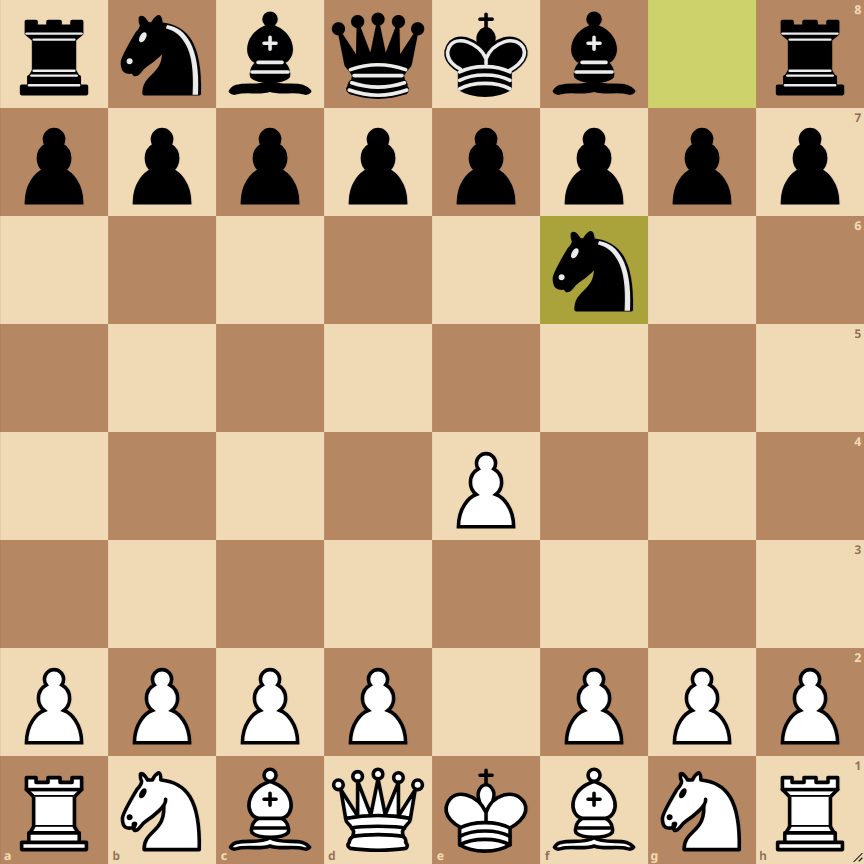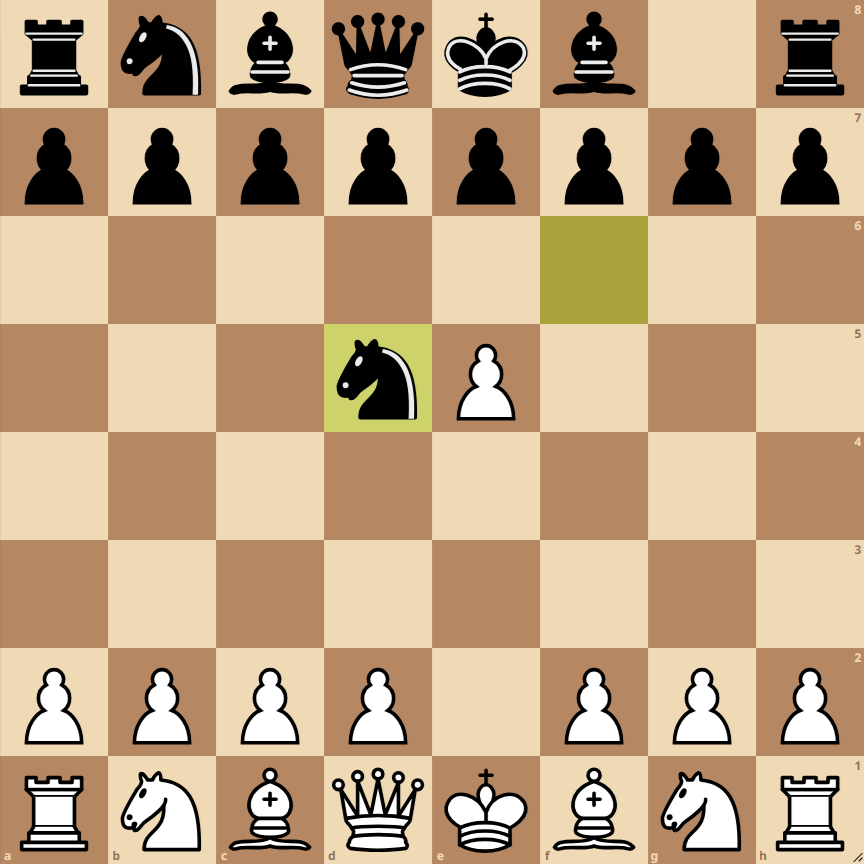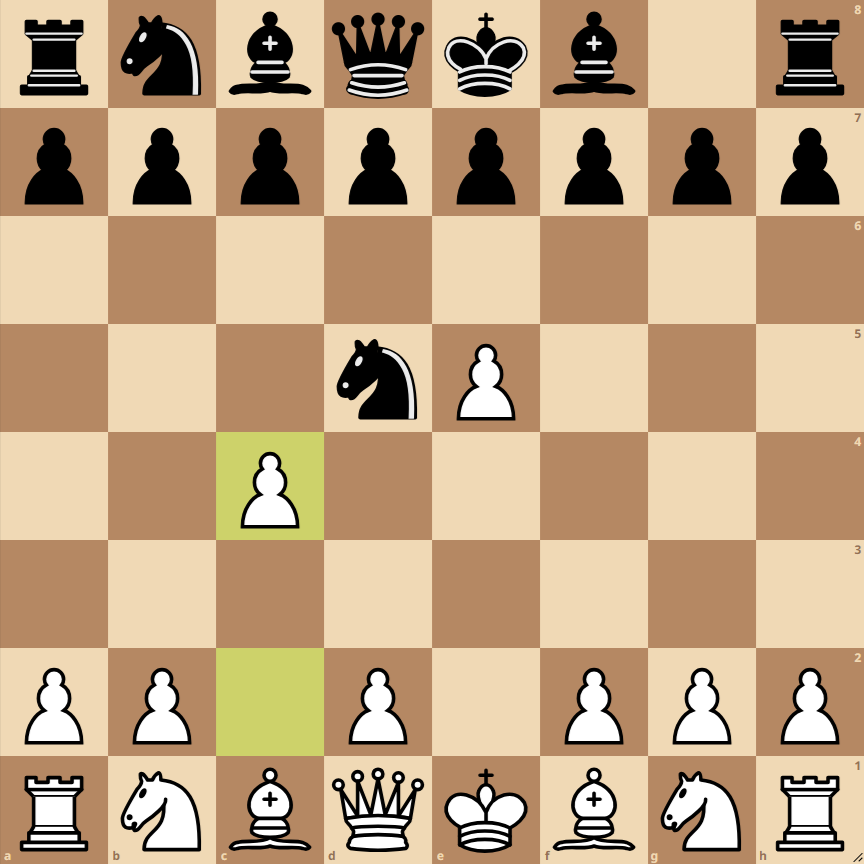How to Play the Alekhine Defense Two Pawns Attack


The Alekhine Defense, characterized by the initial moves 1.e4 Nf6, is an opening that invites White to occupy the center while Black seeks to undermine this central structure later on. In the Two Pawns Attack, White takes a more aggressive stance, aiming to gain space and limit Black’s options.
- 1. e4: White advances their king’s pawn two squares, controlling the center and preparing the development of their pieces.
- 1… Nf6: Black responds by developing the knight to f6, attacking the pawn on e4 and preparing a counterattack in the center.
- 2. e5: White advances their pawn one more step, displacing the Black knight and gaining more central space.
- 2… Nd5: The Black knight moves to d5, a strong central square, with several options for further play.
- 3. c4: White plays c4, challenging the knight on d5 and aiming to control more central space.
Variations of the Alekhine Defense Two Pawns Attack
Classical Variation
In the Classical Variation, Black aims to strengthen their position in the center and prepare a counterattack. A typical continuation could be 3… Nb6, followed by d6 and g6, preparing for fianchettoing the bishop.
Modern Variation
In the Modern Variation, Black can opt for a more dynamic approach with moves like 3… d6, directly challenging the White pawn on e5 and aiming to open lines for their pieces.
Alekhine Opening: Two Pawns Attack
Current Position
In the Alekhine Opening, specifically in the Two Pawns Attack variation, the position after 1.e4 Nf6 2.e5 Nd5 3.c4 is critical. Here, White seeks to control the center and limit Black’s knight’s options, while Black aims to destabilize this center and counterattack.
Strategy and Tactics for White
- Control of the Center: White has advanced two pawns in the center, gaining space and limiting Black’s knight’s options.
- Development and Attack: The next step is to develop the minor pieces (bishop and knight) to increase pressure in the center and prepare for castling.
- Maintaining Pressure: Avoid premature exchanges that would relieve pressure on Black.
Strategy and Tactics for Black
- Active Counterplay: Black seeks to challenge the White center, using the knight and other pieces for counterattacks.
- Flexibility in Development: Do not rush piece development without ensuring a good response to White’s pawn advances.
- Opportunities to Unbalance: Look for tactical opportunities to disrupt the solid White pawn structure.
Moves to Consider
For White: Develop the knight to f3 and the bishop, possibly to d3 or e2, preparing for castling.
For Black:
- Nb6 (Cb6): Retreating the knight, attacking the pawn on c4, and preparing the development of other pieces.
- Nf4 (Cf4): A more aggressive move, placing the knight in a more central and challenging position.
- Ne3 (Ce3): A less common move, seeking to trade pieces and relieve central pressure.
Conclusion
In this phase of the opening, it is crucial for both players to strike a balance between piece development and the struggle for control of the center. White must seek to maintain their spatial advantage without overextending, while Black must be astute and timely in their counterplay and development.

